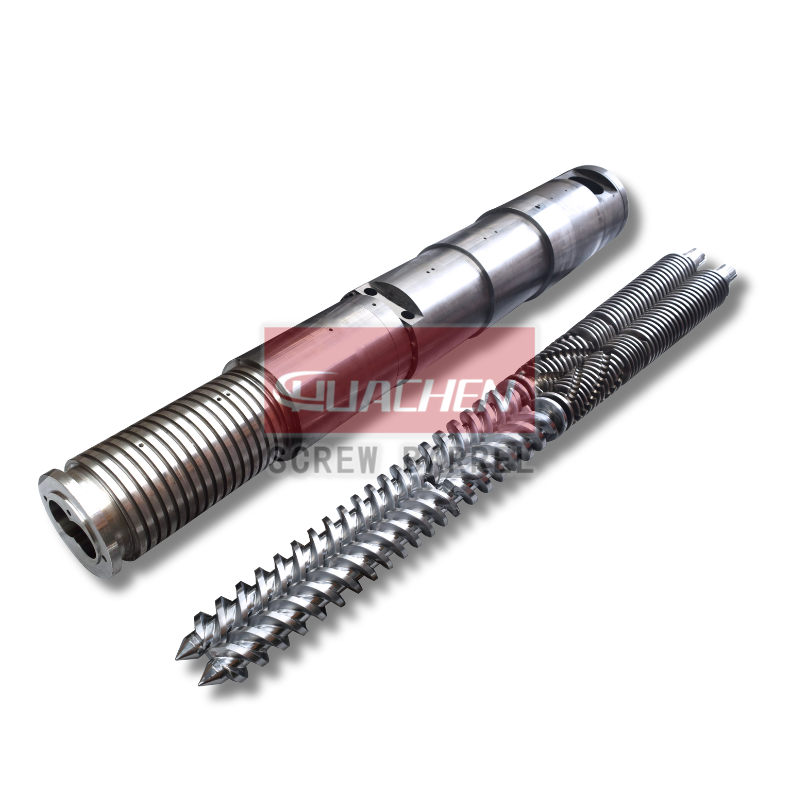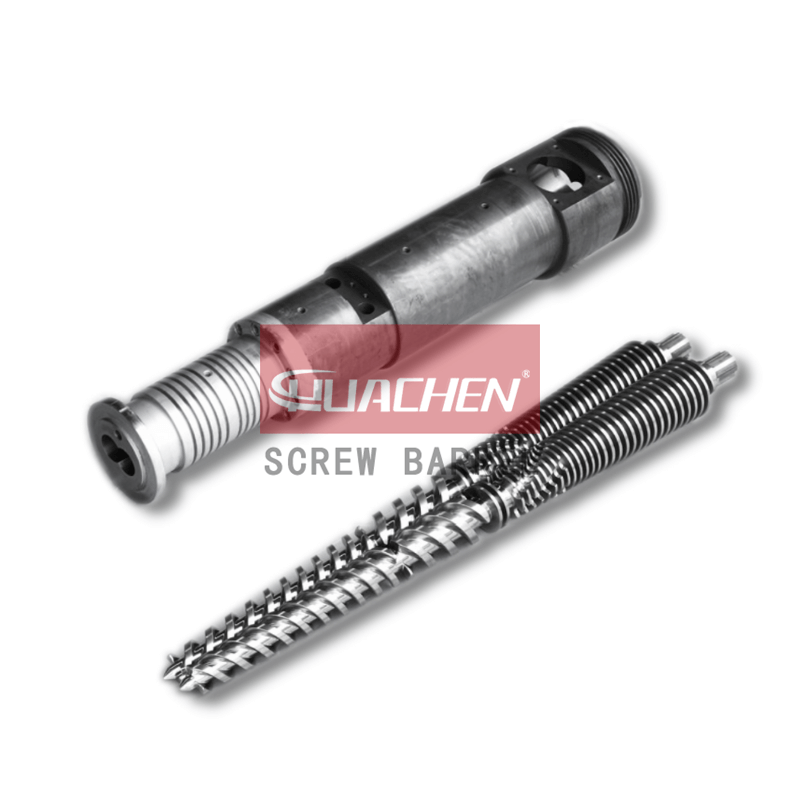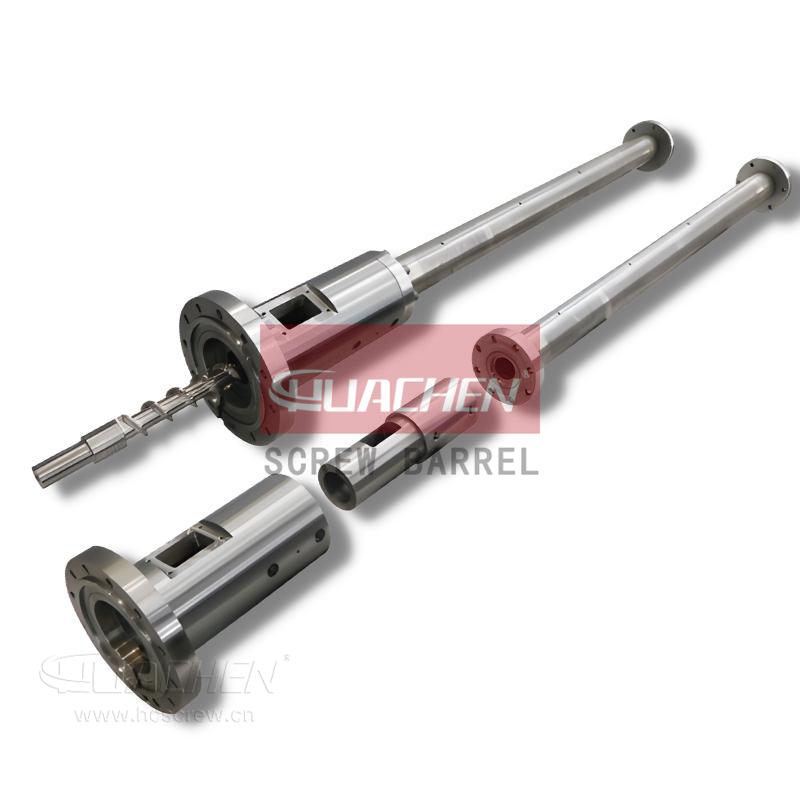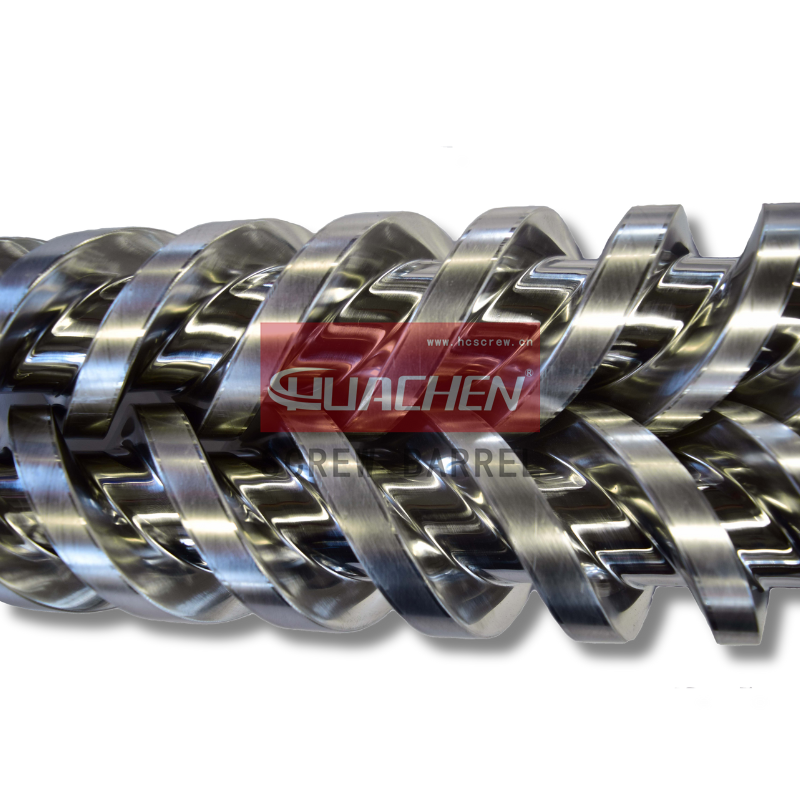7 Typical PE Melting Temperature And Manufacturing Processes
Date:2022-5-15 Author:hcscrew
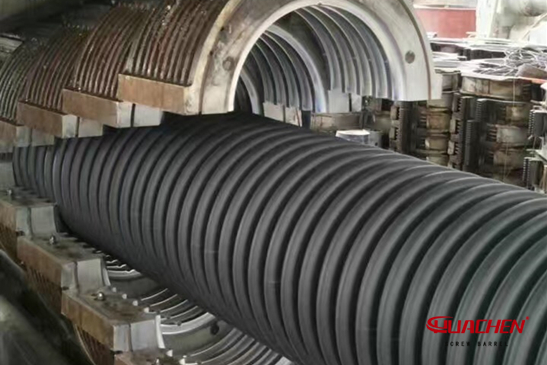
Introduction to polyethylene
PE = Polyethylene. Polyethylene is the most basic structure of polymeric organic compounds. Today, it is the most frequently used polymer material in the world, polymerized by ethylene and divided as high density polyethylene, medium density polyethylene, and low density polyethylene depending on density.
Polyethylene comes in a variety of forms, which are typically classified according to the period of industrialisation. In 1939, the first generation of polyethylene, namely high pressure method polyethylene (low density polyethylene), was industrialised. In 1953, the second generation of polyethylene, namely low pressure method polyethylene (high density polyethylene), was industrialised. In 1977, the third generation of polyethylene, namely linear low density polyethylene (LLDPE), was industrialised. In 1984, the fourth generation of polyethylene, namely linear Ultra-low density polyethylene (VLDPE), the fourth generation of polyethylene, was developed in 1984, followed by ultra-high molecular weight polyethylene (UHMWPE) in 1958 and metallocene polyethylene (MPE) in the 1990s. Although most of the aforementioned polyethylenes contain a trace of 4 or 8 carbon alpha olefin as a copolymer monomer, the amount of alpha olefin used is so little that many of the properties of polyethylene are retained.
So, let’s look at the members of the polyethylene family and how they differ.
1) Low Density Polyethylene (LDPE):
LDPE has the most extreme lengthy branching. Because of this, the low density has a less compact molecular structure, making it less dense.
LDPE Density 0.910-0.925 g/cm3
LDPE Melting Temperature 98-115 °C
Glass transition temperature -110 °C
Max/Min continuous service temperature 60-75℃/-70 °C
Processing Temperature 160-210 °C
Strength: They’re glossy, flexible, transparent, and waxy to the touch, with exceptional impact strength at low temperatures.
Limitations: are very flammable, have poor strength, stiffness, and maximum service temperature, and have a high gas permeability, especially for carbon dioxide.
Applications: Pharmaceutical and squeeze bottles, caps and closures, tamper evident liners, trash bags, films for food packaging (frozen, dry goods…), agriculture pipes and hoses, lamination, coatings.
2) Linear Low Density Polyethylene (LLDPE):
There are a lot of short branches in LLDPE. As a result, when elongated, its chains move across one another, providing it greater characteristics than LDPE.
lLLDPE Density 0.91-0.94 g/cm3
LLDPE Melting temperature 130-137 °C
Glass transition temperature -110 °C
Max/Min continuous Service temperature 90-110 °C (-70 °C)
Processing Temperature 180-260 °C
Strength: Compared to traditional LDPE, it has stronger tensile, impact, and puncture resistance, as well as increased flex life, minimal warpage, improved stress-crack resistance, and the ability to blow thinner films.
Limitations: Mold shrinkage is higher, the heat seal temperature range is smaller, and the material is more difficult to treat than LDPE.
Applications: Bags and pouches, films and liners, Pipes & Fittings, Wiring & Cables, Water pipes, Cable jacketing, Cable insulators, overhead tanks.
3) Very Low Density Polyethylene (VLDPE):
has densities between 0.890 and 0.915
Applications: include disposable gloves, shrink packages, vacuum cleaner hoses, tubing, bottles, shrink wrap, diaper film liners, and other health care products.
4) High Density Polyethylene (HDPE):
Its polymer chains have low branching, resulting in higher intermolecular pressures. Compared to LDPE and LLDPE, it is more stiff, opaque, and has greater tensile strength.
HDPE Density 0.941-0.965 g/cm3
HDPE Melting Temperature 130-137 °C
Glass transition temperature -110 °C
Max/Min continuous Service temperature 70-80 °C/-70 °C
Processing Temperature 190-280 °C
Strength: Good processability, excellent chemical resistance and electrical insulation properties
Limitations: Stress Cracking susceptible, high mould shrinkage, poor UV light resistance, Low stiffness than PP
Application: HDPE Packaging Films, HDPE bags, Agriculture films, HDPE Pipes and hoses, Geotextiles, bottles and containers, cans, caps and closures, household plastic products, large drums, crates, gas pipes, crates, woven sacks, auto fuel tanks, Orthotics and prosthetics others.
5) Medium Density Polyethylene (MDPE):
It has a lower branching density than HDPE. It has a lower notch sensitivity than HDPE and is more resistant to stress cracking. It has a density range of 0.926-0.940 g/cm3
6) Cross-linked Polyethylene (XLPE):
XLPE is a high-density polyethylene containing covalent connections between its polymer chains, resulting in three-dimensional polymers with large molecular weights. When compared to HDPE, the cross linking is performed by adding tiny quantities of organic peroxides, which gives greater stress cracking, stiffness, chemical and heat resistance, low temperature resistance, and insulating qualities.
Density 0.915-1.4 g/cm3
Max continuous Service temperature 110-130 ℃
Processing Temperature ~190 °C
Processed generally by Extrusion process and also Rotational Moulding
Applications: Extruded products like Pipes, Films (shrink wrap film in particular), Electrical wire and cable insulation
7) Ultra High Molecular Weight Polyethylene (UHMWPE):
It has a molecular weight in the millions (typically 2 to 6 million), at least 10 times that of HDPE. Above the melting point (130 °C or 266 °F), the material acts like a rubber molecule rather than a fluid, posing processing difficulties due to excessively high viscosities. As a result, ram extrusion and compression moulding are used to process it.
Density 0.928-0.941 g/cm3
Max/Min continuous Service temperature 67~82°C/-30 °C
Strength: Excellent abrasion resistance and toughness, high impact strength, ESCR and chemical resistance with the low coefficient of friction, Gamma/UV Light resistance, UHMWPE yields a self-lubricating, non-stick surface.
Limitations: Not melt processable, higher cost than PE.
Applications: Used in variety of applications like Pump parts, seals, lining of bunkers, silos, chemical tanks, chemical handling equipment, Truck bed linings, Bearings, Belt wipers, Star wheels, Timing screws, prosthetic wear surfaces, gears, Guide rails, Chain guides, Hopper/chute linings, Bumpers, Bushings, Wear plates, Sprockets, butcher-block cutting surfaces, other industrial applications.
Summary
These are the 7 most typical PE extrusion materials. Our customers may anticipate stable and efficient PE products as a result of our high-quality PE product production process, which includes excellent extruder parts screw barrel design and optimised performance.
Please quote or contact HUACHEN Screw Barrel Factory for the most up-to-date information if you have any more questions about PE product production formulas or extrusion difficulties.
- About us
- Contact us
- HUACHEN Screw Exhibition Record
- Leading SKD Inlay Bushing Barrel Technology
- Screw And Barrel Process Flow
- Screw Barrel Buying Guide & Service Flow
- Screw Barrel Parameter
- Technological Innovation at HUACHEN: Leading Supplier of Twin Screw Barrels and High-Speed Grooved Feed Barrels
RELATED CONTENT
- High-performance PVC Screw Barrel for Efficient Extrusion
- Durable Conical Twin Screw Barrel for Precision PVC Pipe Production
- High-Speed Screw Barrel for Increased Extrusion Efficiency
- Super Wear-Resistant Bimetallic Alloy Coating Screw Barrel for High Output Extruders
- High-Precision Parallel Twin Screw Barrel for Extrusion Excellence
- Top Quality Single Screw Barrels for Plastic Extrusion Applications
- High-quality Extruder Screw Barrel for Reliable Performance
- Efficient Plastic Extrusion Screw Barrel for Superior Output
conical twin screw barrel extruder screw barrel extrusion screw barrel Foam sheet processing high speed screw barrel HUACHEN SCREW news injection screw barrel parallel twin screw barrel pa screw barrel pe making formula pe screw barrel plastic fiber processing plastic fibre screw barrel Plastic film making screw barrel plastic pipe processing Plastic profile processing Plastic raw material knowledge pp screw barrel PVC making formula pvc screw barrel related parts for screw barrel screw barrel engineering work screw barrel knowledge single screw barrel twin screw barrel
;